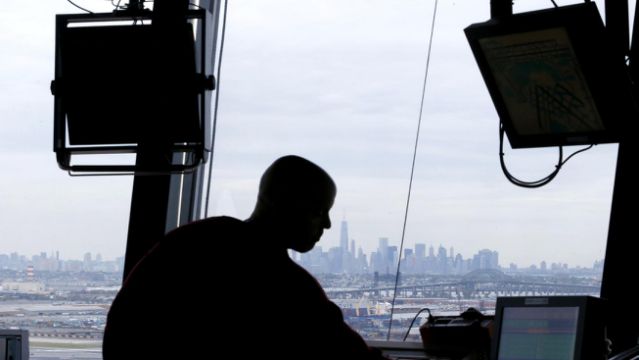-
Tips for becoming a good boxer - November 6, 2020
-
7 expert tips for making your hens night a memorable one - November 6, 2020
-
5 reasons to host your Christmas party on a cruise boat - November 6, 2020
-
What to do when you’re charged with a crime - November 6, 2020
-
Should you get one or multiple dogs? Here’s all you need to know - November 3, 2020
-
A Guide: How to Build Your Very Own Magic Mirror - February 14, 2019
-
Our Top Inspirational Baseball Stars - November 24, 2018
-
Five Tech Tools That Will Help You Turn Your Blog into a Business - November 24, 2018
-
How to Indulge on Vacation without Expanding Your Waist - November 9, 2018
-
5 Strategies for Businesses to Appeal to Today’s Increasingly Mobile-Crazed Customers - November 9, 2018
Air controller study shows chronic fatigue
Jacquelyn Martin-AP An airplane flies between the air traffic control tower and the Washington Monument at Washington’s Ronald Reagan National Airport on August 10, 2015.
Advertisement
The work schedules of air traffic controllers – particularly those on midnight shifts – lead to chronic fatigue that imperils safety, according to a secret government study completed almost three years ago. The AP said it had multiple Freedom of Information Act requests for the report denied.
Of controllers who made safety errors on duty, 56 percent reported that fatigue contributed to their mistakes, according to the study released Monday by the Federal Aviation Administration.
The 270-page report recommends the FAA take 17 steps to reducing fatigue, including discontinuing six-day schedules, which roughly 15% of controllers worked in the previous week; only 4% were being assigned such schedules, the study says.
A study has recently come to light that may give some air travelers pause, highlighting the fact that air traffic controllers across the country are not only sleep deprived, but have committed errors on the job because of it. More than half of controllers said that at least once they had fallen asleep or lost focus while commuting to or from a midnight shift.
Schedules worked by 76 percent of controllers in the field study led to chronic fatigue, creating pressure to fall asleep.
The FAA’s changes included a limit on the number of 10-hour midnight shifts that a controller could work and increasing the minimum time off between shifts. “The fatigue modeling we’ve done shows that there is greater alertness using these updating scheduling practices”.
FAA officials also refused to share the report with researchers from the National Academies, which advises Congress on science issues, and didn’t provide a copy to the NTSB even though the safety board’s recommendations prompted the study.
The study follows the 2006 crash of Comair flight 5191 at Blue Grass Airport that killed 49 of the 50 people on board.
Advertisement
Two controllers working at Albany global Airport in New York last summer described clearing a small airliner for takeoff on a runway that was closed for maintenance.





























